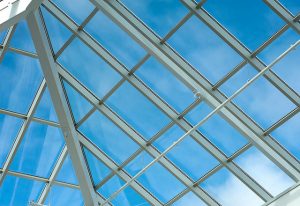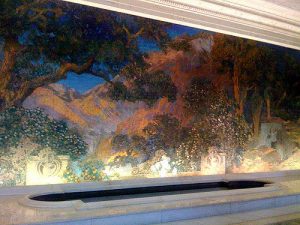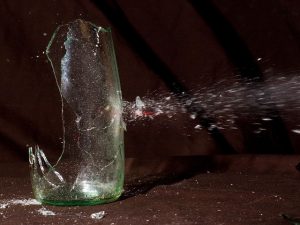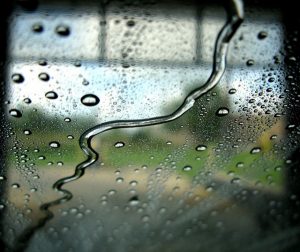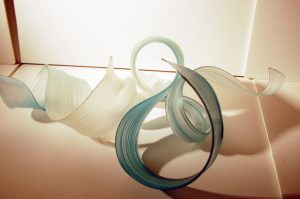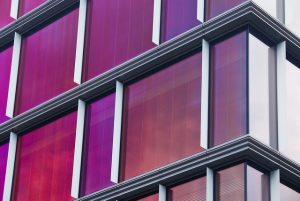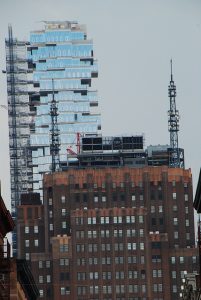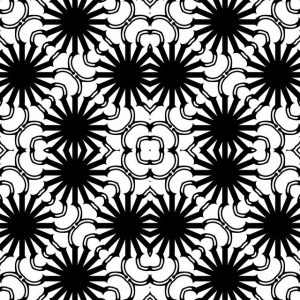New glass coating can keep greenhouses cooler
The coating can block about 90% of the heat-generating infrared light waves from the Sun. Reducing heat is important in greenhouses because too much heat can kill plants or stunt their growth. The coating was made by combining heat-absorbing nanoparticles and inorganic oxides.
The coating was developed at the request of university officials, who were looking for ways to cool the atrium of a campus building. The resulting coating, which was applied to the roof of the building, has reduced the interior temperature by more than 15°F.
The next step is to test the coating in the field, which means applying it to a local greenhouse. Overly warm conditions inside the greenhouse can cause plants to wilt. The research team intends to measure the effect of the coating on plant growth.
In addition to helping reduce temperatures in greenhouses, the researchers see applications for it in other food-producing industries, such as fish farms. The coating could reduce the temperature in fish hatcheries. Reducing the temperature there could allow more food to be made available for larval fish.
One of the benefits of this coating is that it is less expensive to produce and apply than current heat-reflective coatings on the market. The coating can also be applied to acrylic to achieve similar results.
Glassprimer™ glass paint is a specialized glass coating that bonds permanently to glass surfaces. GlassPrimer also makes a glass surface molecular activator that is designed to work with UV-inkjet glass printing processes. Glassprimer™ glass paint can be used in both interior and exterior applications and can help reduce solar heat gain in some applications. For more information about Glassprimer™ glass paint, please visit the rest of our site. If you’d like to purchase Glassprimer™ glass paint, please visit our online store .
Photo Credit: Oregon Department of Agriculture, via Flickr.com


